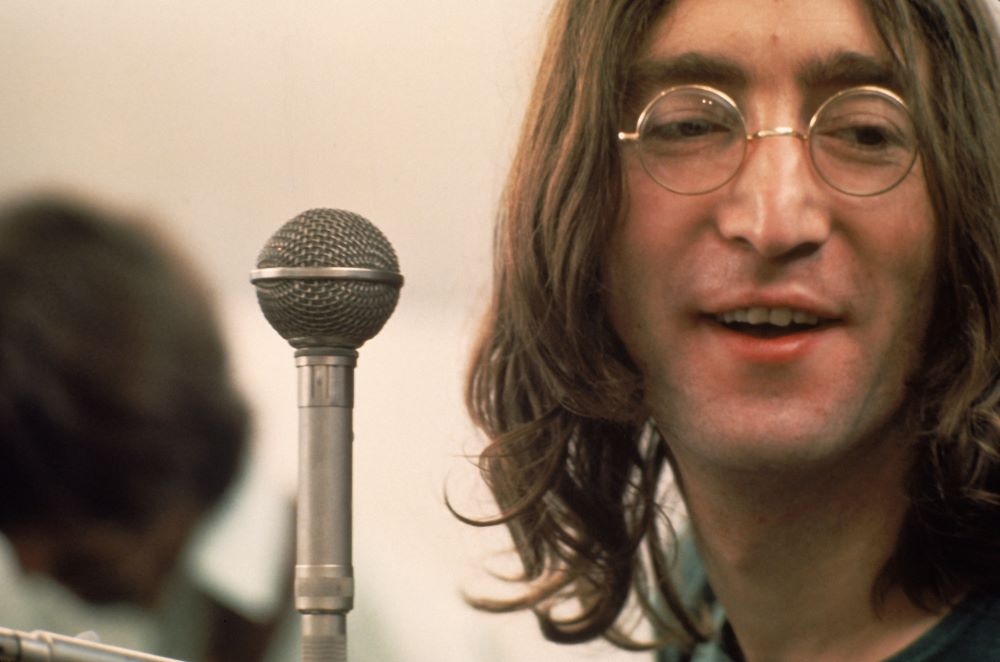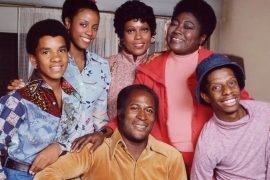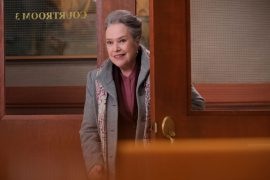
Two years ago, Disney’s eight hour trip back to the late ’60s, director Peter Jackson’s “Get Back,” sold a lot of streaming subscriptions. Jackson spent several years transferring, digitizing and rendering in 5K glory 56 hours of 16mm footage. It was all done to scrub the stink off what was thought to be a record of The Beatles at their lowest point — the making of the 1970 documentary “Let It Be.”
“Get Back” proved to be transformative. “Let It Be” was always the project Paul McCartney said would only ever be released, “Over my dead body.” It never, to my knowledge, arrived in home versions on VHS tapes, laser discs, DVDs or on BluRay. It was shown briefly in theatres back around the time The Toronto Maple Leafs last won a Stanley Cup and seldom seen again. I saw it a few years later, in 1972 or 73, in a well-worn 16mm print shown with a pirated collection of other Beatles films exhibited at the Canadian National Exhibition.
Now Disney+ subscribers can see a new, fully-restored version that premiered Wednesday on the streaming service.
Having sat through “Get Back,” why watch the much shorter original? Well, for one thing, it is waay shorter, very much the Readers Digest version. If you never saw “Get Back” because you didn’t have the time, “Let It Be” is for you.
Even of you did sit through “Get Back,” there are other reasons to watch the original. “Let It Be” director Michael Lindsay-Hogg, briefly interviewed by Jackson at the start, hopes viewers will now judge the original as a character all its own.

“Let It Be” gets to the music much quicker and stays there. It opens with McCartney pecking out a song at the piano in cavernous Twickenham Film Studios, with Ringo observing. Very quickly, George Harrison and John Lennon start ripping into the songs they are trying to finish off for a new album. Maxwell’s Silver Hammer, a song John, George and Ringo grew to hate, is rehearsed. “I’ve Got a Feeling” gets a work out. Then straight into “Two of Us.” Next a smattering of “One After 909.”
advertisement
Paul does seem more of a bossy pants, counting songs in, telling John and George how to play guitar, and generally being the driving, critical voice in the room.
Twenty minutes in is the part where McCartney head butts with Harrison and correctly observes that he’s annoying the lead guitarist. Harrison finally tells Paul, “What ever it it that will please you, I’ll do it.”
This bit of drama was played for all its soap opera glory in “Get Back.” Adding context, Jackson stirred things up with subtitles and calendar shots building towards an off-camera detente between McCartney and Lennon. Jackson’s use of that hidden microphone, audio-only conversation while focused on a pot of flowers on a table drew viewers inside the minds of these musicians in crisis. It all led to George temporarily quitting the group — a move that is completely left out of “Let It Be.” Showing Beatles fighting in 1970 was one thing, but quitting? The world wasn’t ready for that yet.
In “Let It Be,” Lindsay-Hogg cut out most of the uncomfortable shots of The Beatles being filmed at their worst. With the longer “Get Back,” Jackson showed the friction but balanced it with many scenes of lightheartnesss and joy, culminating in what was a happy, rocking, rooftop resolution.

I liked some of of the arty, extreme close ups in Lindsay-Hogg’s original version. We also get to see some things left out of Jackson’s docu-series, such as George’s demo of “I Me Mine.” Left in is John and Yoko dancing. Other scenes such as George showing Ringo how to complete “Octopus’s Garden,” are basically duplicated save for a few alternate angles.
Jackson made a big deal out of The Beatles ditching Twickenham and packing up and moving to a new studio in the basement of their Apple offices on Saville Row. In the original “Let It Be,” they just drive up and keep on playing.
One song more featured in “Let It Be” is, as one would expect, “Let It Be.” “The Long and Winding Road” also gets showcased. If you like McCartney at the piano, there is plenty of that.
Then, suddenly, they’re up on the roof. They rip right into “Get Back.” Lindsay-Hogg’s camera seems to find more on-lookers on neighbouring rooftops. As with everything else, the big shut down on the roof by the British cops happens quickly and excludes the fussy police conversations Jackson included. To me, that tension on the streets of the stuffy neighbourhood is missed more than the alternate takes of the rooftop songs included in “Get Back.”
One player almost entirely left out of the Lindsay-Hogg version is Lindsay-Hogg. Jackson puts him right in the middle of all the “Get Back” drama. Kudos to the original director, however, for not wanting to Lindsay-Hogg the spotlight.






